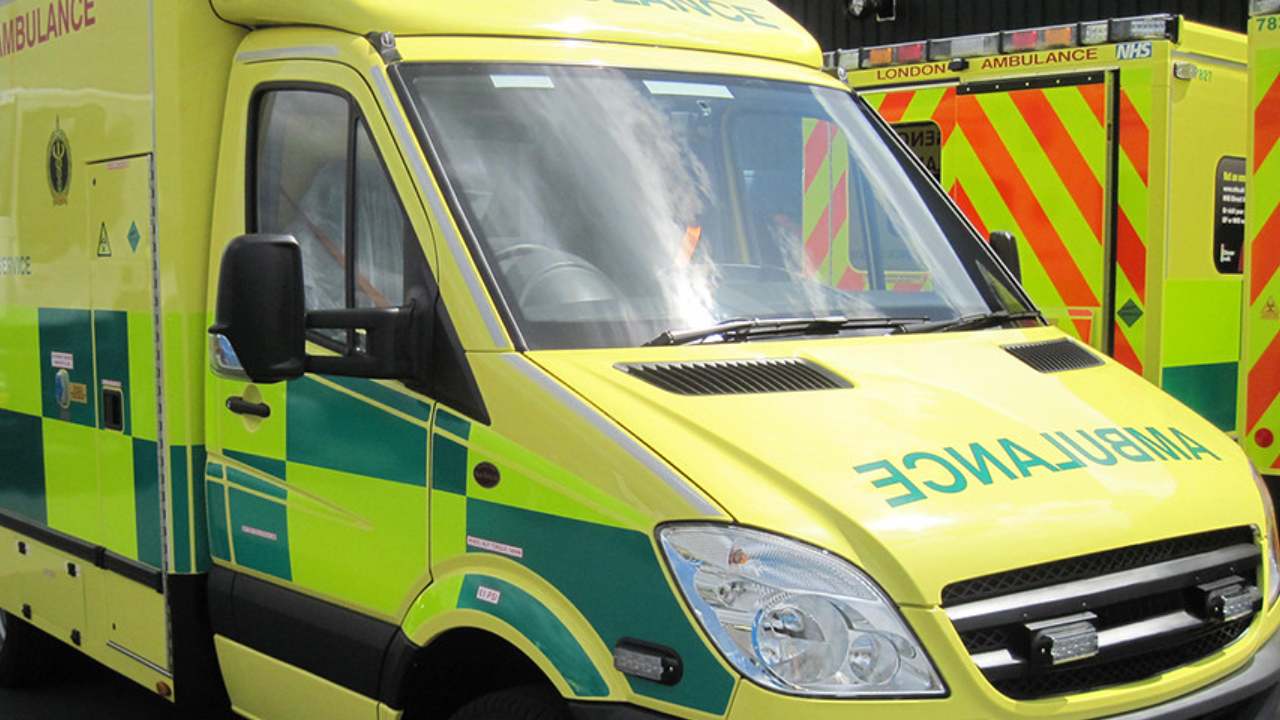The UK government and NHS England have unveiled a £450 million plan to transform emergency care services, with nearly 500 new ambulances promised by March 2026 as part of wider reforms to cut waiting times and end “corridor care.”
The plan aims to tackle a crisis that has seen ambulance waiting times for life-threatening conditions like strokes and heart attacks averaging 35 minutes – nearly double the 18-minute target that has been missed for over a decade outside the pandemic period.
Health Secretary Wes Streeting acknowledged the severity of the situation: “No patient should ever be left waiting for hours in hospital corridors or for an ambulance which ought to arrive in minutes.”
Under the new Urgent and Emergency Care Plan, response times for Category 2 emergency calls (including heart attacks and strokes) will be cut from 35 to 30 minutes – a 14% improvement, though still well above the original 18-minute target.
Ambulance handover delays, which have kept vehicles off the road for hours while patients wait for hospital beds, will be tackled with a maximum 45-minute target for transferring patients to A&E. The government claims this could free up 550,000 more ambulances for emergency responses.
Beyond the fleet expansion, £20 million will be invested in providing ambulance crews with digital care records. This will allow paramedics to access patients’ medical histories on smartphones or tablets at the scene, potentially enabling more informed decisions about treatment options.
Similar Posts
The investment comes as NHS data shows demand for urgent care has nearly doubled since 2010/11, with ambulance service usage rising by 61%. Every day, more than 140,000 people access urgent and emergency care services across England.
Dr. Adrian Boyle, president of the Royal College of Emergency Medicine, welcomed some aspects of the plan while criticizing others: “Some parts lack ambition – for example accepting that 10% of people will face A&E waits of more than 12 hours, when no patient should.”
Anna Parry, managing director of the Association of Ambulance Chief Executives, expressed support for the emphasis on reducing handover delays, which she described as having “the greatest detrimental impact on ambulance resources.”
The plan also includes 40 new same-day emergency care centers to treat and discharge patients without hospital admission, and 15 mental health crisis assessment centers to provide specialized care outside of A&E settings.

Critics, including Liberal Democrat health spokesperson Helen Morgan MP, cautioned about implementation: “Patients have heard these kinds of promises before only to be led up the garden path… The misery in our A&Es will only be prolonged if they continue to move at a snail’s pace on social care.”
The government acknowledges that fixing “more than a decade of underinvestment” won’t happen overnight but insists these measures will deliver faster and more convenient emergency care for patients next winter.

















